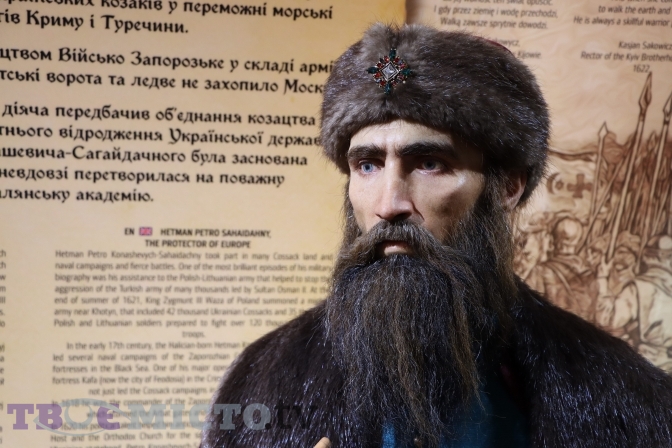
Legends speak amid the aroma of linden and spices: ‘Lviv Ancient’ immersive museum
«If Ukrainians know how rich our culture is and how many of our heroes joined in the development of Europe, culture and technology, they will be proud of their country and history» – Halyna Bilak.
The interactive and innovative multimedia museum tells visitors about more than a thousand-year history of the «city of lions», from ancient times to the XVIII century (Lviv is named after the Galician prince Lev, meaning lion in Ukrainian, who was also the second king of the Rus’ people after his father Danylo, who received a crown from the Pope). In this place, you can see 40 realistic sculptures of Lviv’s prominent figures. The museum is unique for its conceptually and ideologically complemented interpretation of museums in the style of «Madame Tussauds».
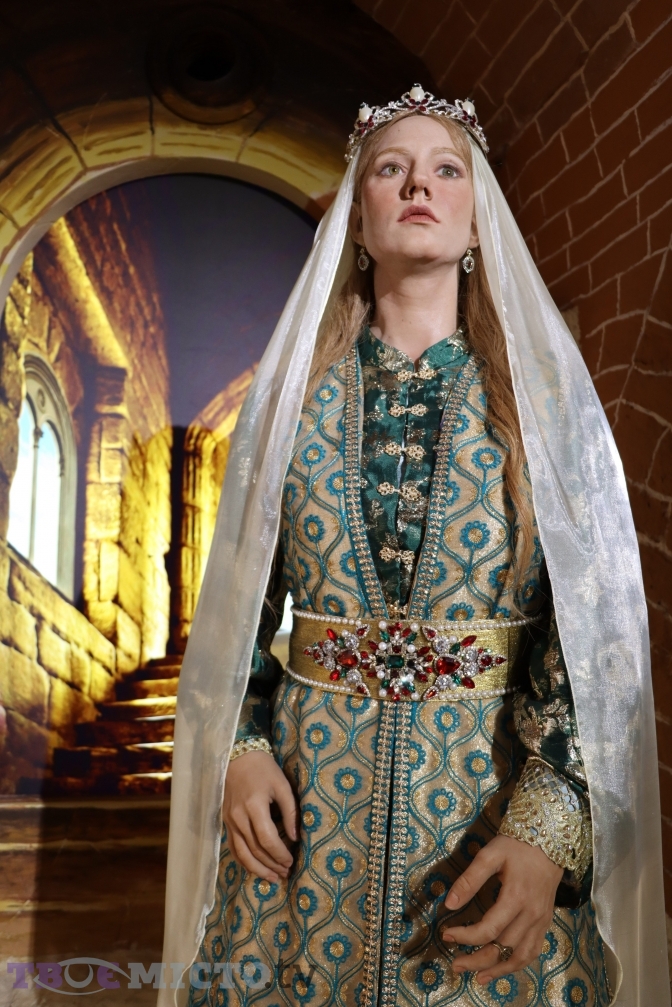
The most entertaining feature of the museum is the set of sculptures of historical figures.
«While in the Madame Tussauds, the figures are made of wax, we have them made of the latest materials: cyberskin, natural hair, real eye prostheses. Our heroes have the most realistic facial features», – says Halyna Bilak, PR manager of the «Lviv Ancient’’ Museum.
According to her, initially this material was actively used in cinema. The founder of the «Lviv Ancient» Museum, Valerii Halan, decided to use it in the museum sphere.
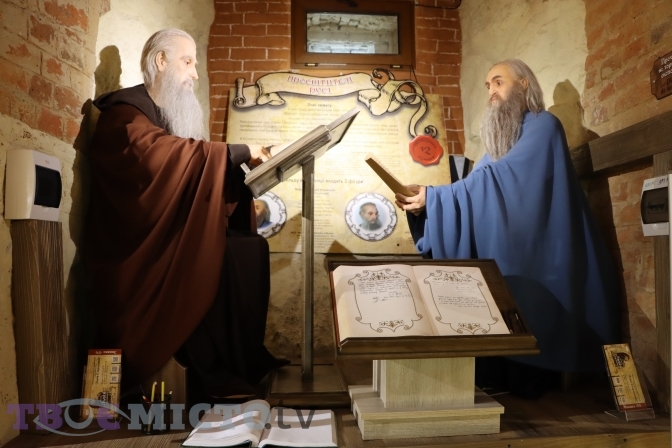
Each figure’s appearance was restored with the help of computer technology. To do this, they scanned and studied the remains of famous people, or life portraits and engravings.
«Even creating hair and beards is a very complicated process. Each hair is implanted with a special needle. For instance, to implant the hair of one figure, up to ten people are engaged for about two months. To do this, they use natural hair or buffalo wool», – says the museum manager.
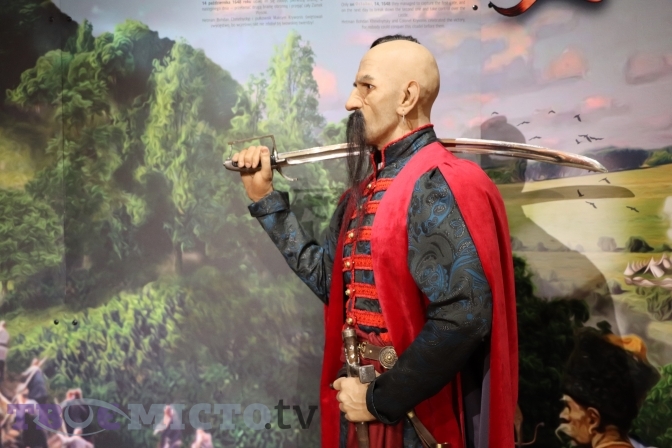
Each exposition in this museum is processed by psychologists, political technologists, decorators, people who work with figures’ hair, costume designers, and reconstructors.
«We also have restorers working with us, because in different epochs even belts were tied in different ways and we need to know that too. That’s why we have teamwork. There are two studios that make figures for us, and 40 scientific organizations and museums advising us», – adds Halyna Bilak.
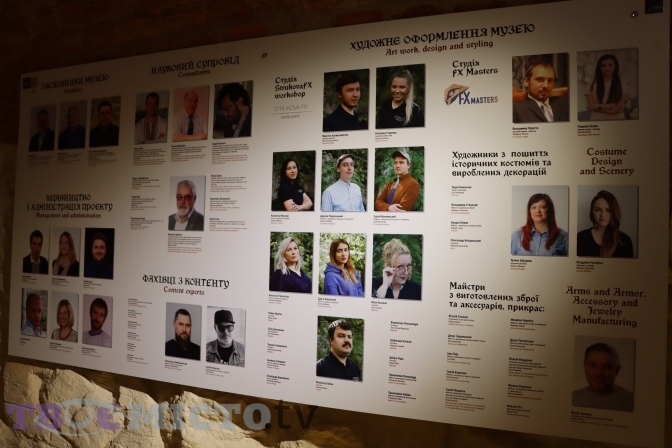
All exhibitions are designed to evoke maximum emotions in visitors, so the information is perceived excellently. At the entrance to the first hall of the museum, we can see a meeting of King Danylo Romanovych with the Hungarian King Bela IV on the outskirts of Lviv, after which they agree on the marriage of their children. These figures stand against the background of 3D dioramas, which create volume and immerse a person in the atmosphere.
There is also an armchair brought from the auction, which is over 200 years old. You can sit in it, take the keys to the city, put on the mantle shich was supposedly worn by the viyt (the mayor) and take pictures in the chair. And in the hall itself, there’s the smell of linden, the tree for which is named the month of July in Ukrainiann. That’s because, according to Halyna Bilak, the diorama depicts a linden tree and a city that was wooden at that time.
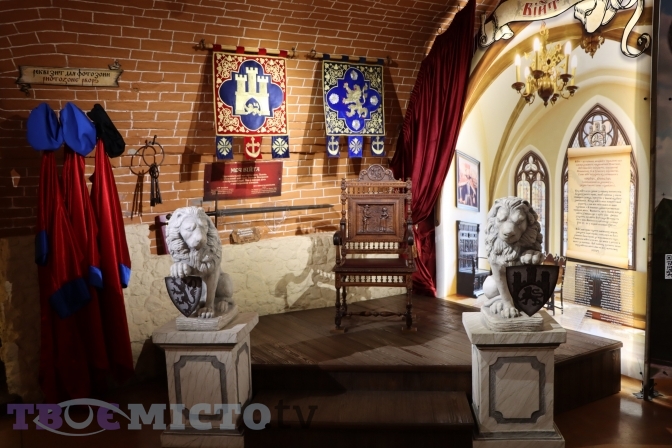
In the second hall, visitors are greeted by a speech of King Lev, Constance, and their son, Yurii I, who, like Danylo Romanovych, was crowned and who worked hard to restore the metropolis in the kingdom of Rus’. Here you can also see the first mayor of Lviv – Berthold Stecher.
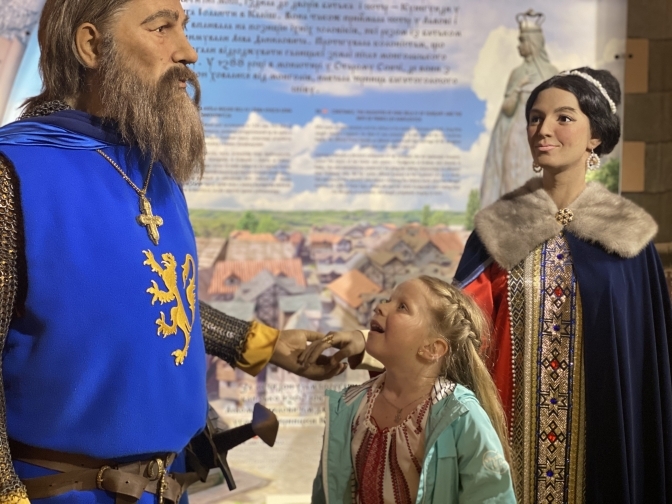
There is also an imitation of trade on Rynok Square, because when Danylo Romanovych received a permission from the hordes to manage his land («yarlyk»), all European nations who wanted to sell their goods to the East had to obtain a trade permit in Lviv. This contributed to the economic development of the city and the development of crafts.
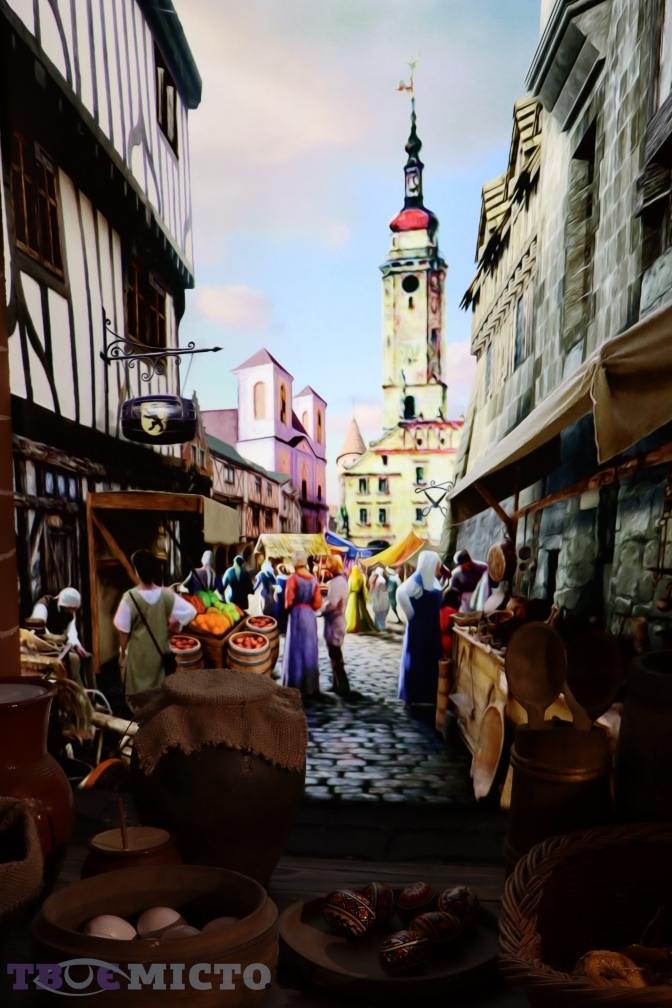
In the third hall, Bohdan Khmelnytskyi, hetman or chieftain of the Zaporizhian Host, a Cossack regime, greets visitors as a young student of the Jesuit Collegium. It’s interesting that all the portraits mostly convey Khmelnytskyi as a elder hetman, but in this museum, he was significantly rejuvenated.
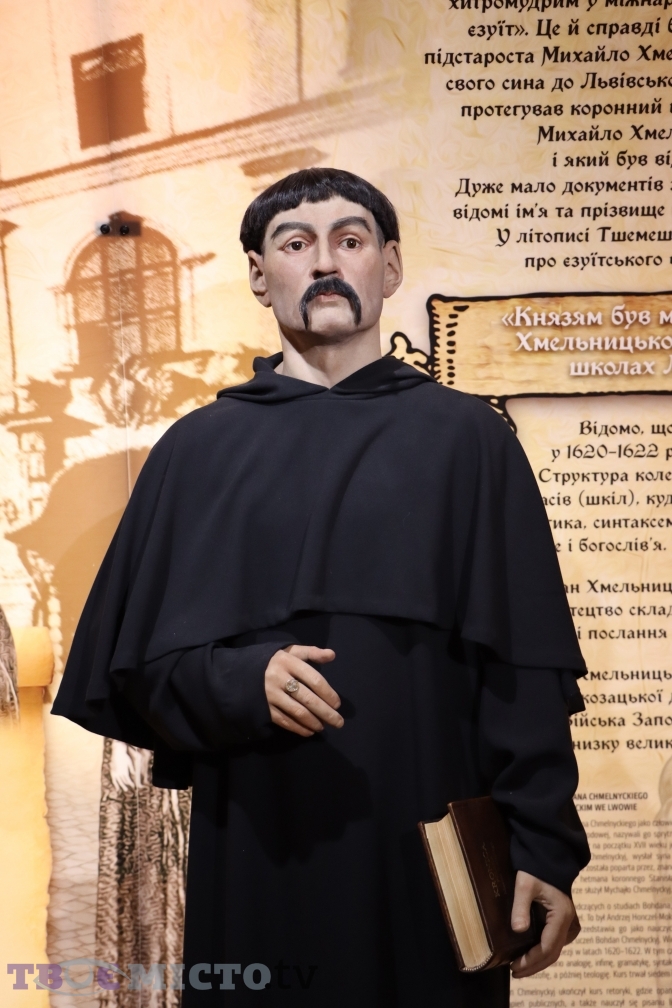
Here you can also see a unique replication of the sword of Hetman Sahaidachnyi. The original of this weapon is kept in Krakow in the Wawel Castle, and is available for viewing by a very limited audience.
In the next hall, the royal one, it smells of oriental spices, and Hetman Mazepa writes a letter to King Charles XII to make alliance with him against the Russian tsar Peter I.
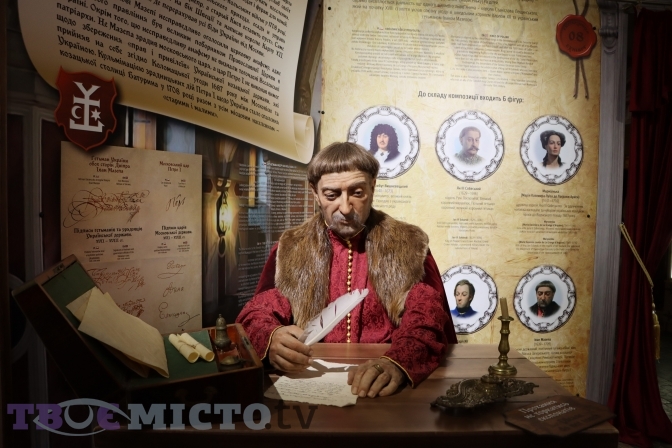
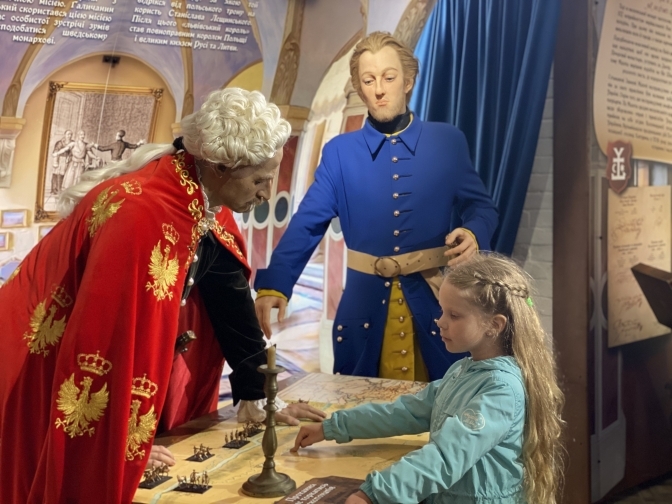
Going deep into the dungeon, you can meet a famous nobleman and owner of one of Viennese first coffee shops Yurii Kulchytskyi, who will invite you for coffee and say that if you didn’t drink coffee in Lviv, then you were never in this city.
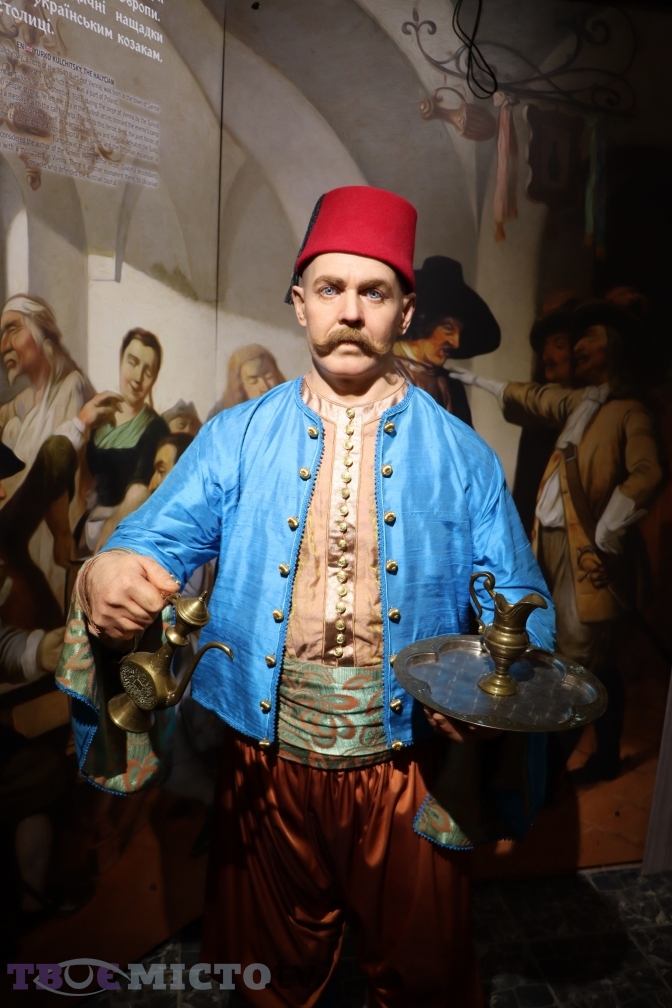
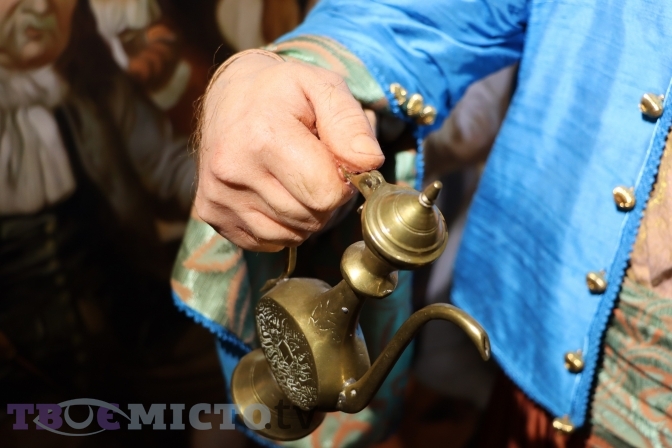
Representatives of the Jewish, Catholic, and Uniate churches are gathered in the clergy hall. It smells of incense and holiness.
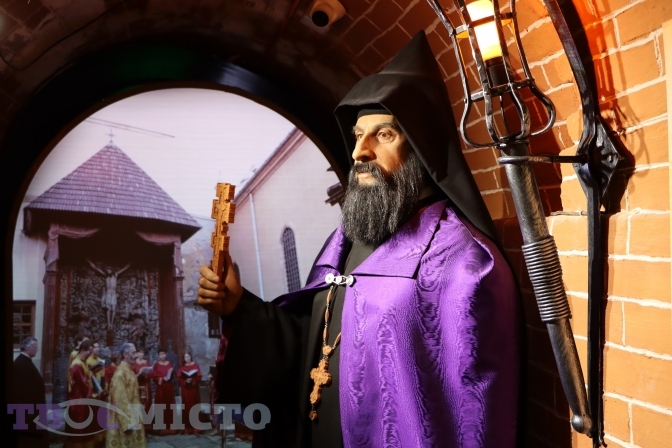
The museum’s PR manager Halyna Bilak says that the institution also has a real burial of Trinitarian monks, who were buried here before the museum was founded. On the site of the Church of Transfiguration, a monastery of the Trinitarian monastic order was once located.
You can also see many artifacts in the museum.
«In each hall, there are artifacts provided to us by either private collectors or the Rescue Archaeological Service, some from the Vynnyky Museum of Local Lore», – she said.
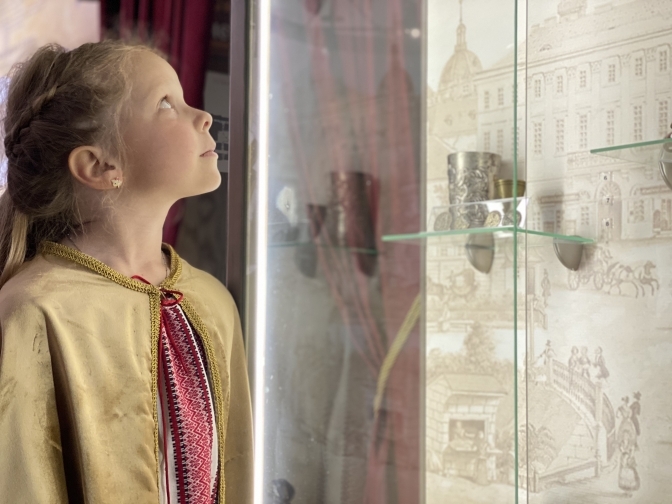
Cool activities for kids
In addition to the exhibits, interesting quests are prepared for visitors. For instance, at the entrance, children receive a quest card with a compass of hiding places, and clues are given to them by a rat that lived in this dungeon before the creation of the museum. During the quest, children have to find eight stickers with a target.
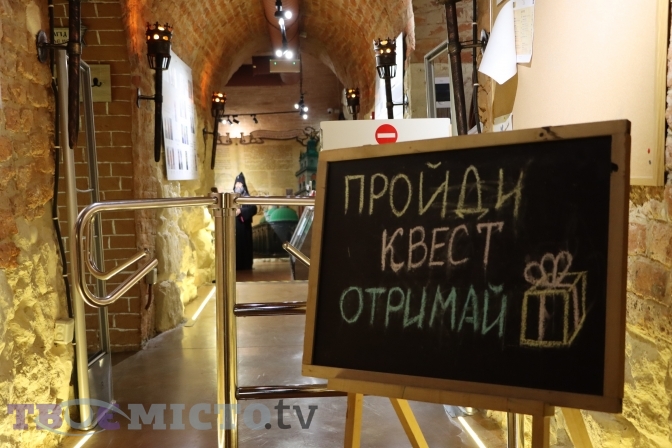
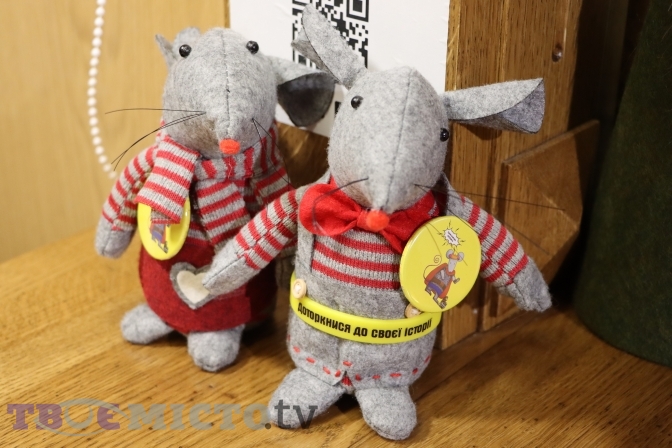
For older children there is a quest-quiz with questions. After answering all the questions at the end of the museum’s tour, the smartest receives a gift, and for adults there is a quest-adventure.
The museum even conducts training for schoolchildren: the study of history on the basis of exhibitions.
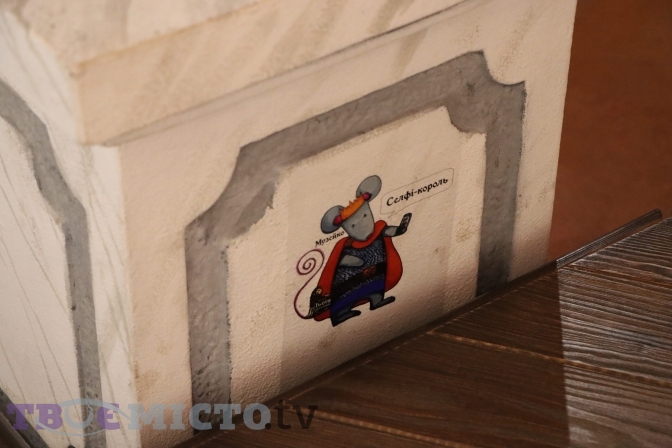
«Topics are very interesting for students in grades 6-8. There are season tickets at a reduced price for tuition: UAH 210 for 3 classes during the semester. Would you agree that it’s much more interesting to talk about Sahaidachny, looking at his figure. By the way, museum administrators can prepare lessons on certain topics at the request of the teacher», – says Halyna Bilak.
The museum also hosts master classes in pottery, chainmail weaving, and medieval dances.
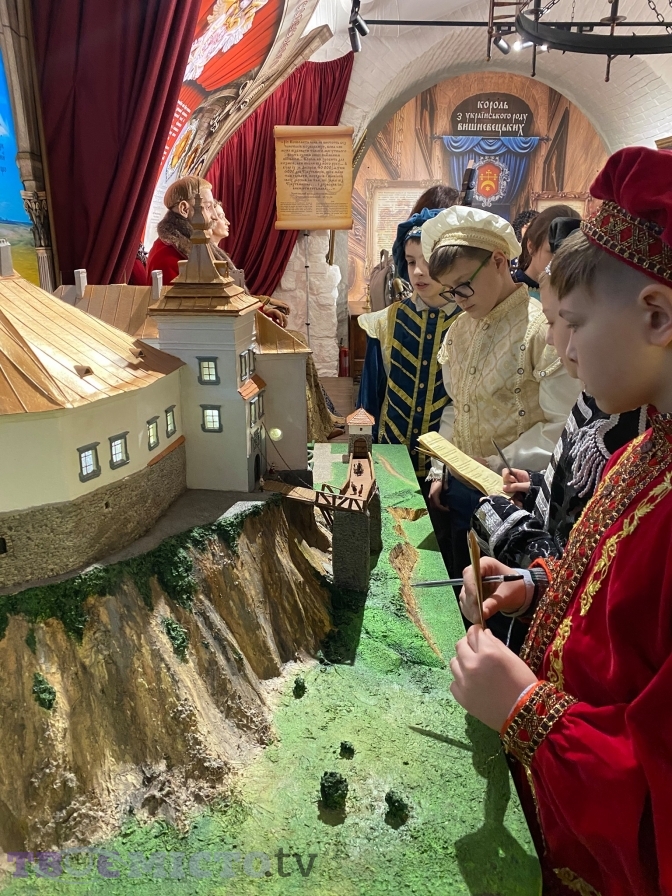
Reminding Ukrainians of a storied, heroic past
The authors of the «Lviv Ancient» Museum created it to raise the image of the city, to educate children on its history, culture and traditions, as well as to attract tourists with the history of many peoples who participated in the development of Lviv.
«The founder of the museum Valerii Halan traveled a lot around the world, worked for a long time in various embassies – the Czech Republic, France, so he realized that Ukrainians in most cases, after leaving their land, tried to assimilate faster in a new environment. He concluded that this was due to a lack of knowledge of the native history. If Ukrainians know how rich our culture is and how many of our heroes joined in the development of Europe, culture and technology, they will be proud of their country and history», – says the museum’s PR manager.
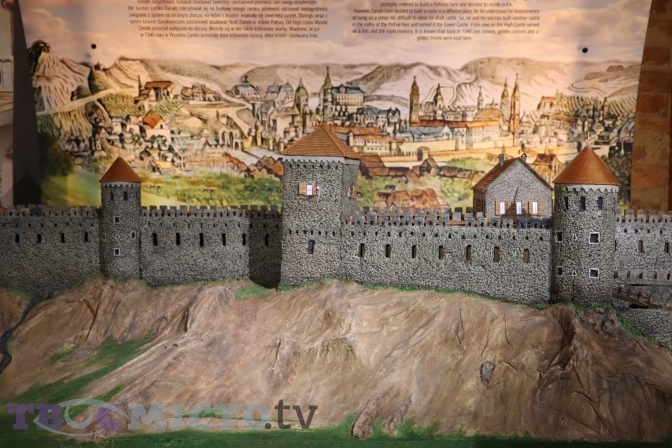
Visiting the museum evokes pride in their own history not only in Ukrainians but also in foreign tourists. Among the historical figures here you can find Poles, Germans, Swedes, Italians.
«For example, George Boim, whom we see here – was a Hungarian, Constantine Kornyakt – a Greek, and Charles XII – a Swede. In the royal hall, we see representatives of the Polish nobility. So tourists are also very interested here, because the history of Lviv is closely intertwined with many peoples», – says Halyna Bilak.
The tour of the exhibition lasts on average one hour in a multimedia 3D format. The media guide is available in 9 languages.
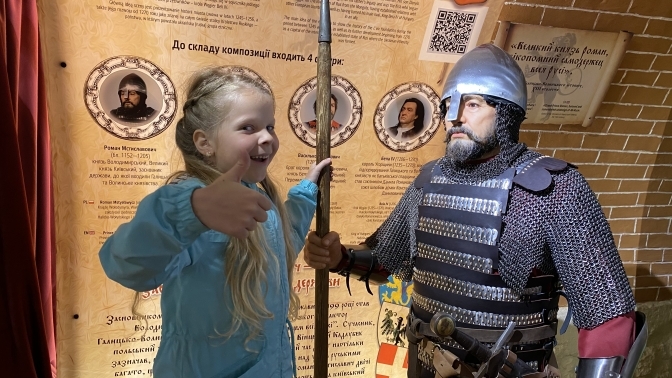
Ticket price: regular – UAH 200, youth (pupil / student) – UAH 150, social (for large families, UBD, pensioners, people with disabilities) – UAH 130. Free entrance for priests and children up to 6 years old.
The institution is open daily from 11:00 to 21:00 without weekends. On weekdays, there is a 20% discount on tickets from 19:00 to 21:00.
Anna Chystiakova
Translated by Vitalii Holich
Partner publication
Full or partial publication of the text without the written consent of the editors is prohibited and is considered copyright infringement.
To receive our weekly email digest of stories, please follow us on Substack.


